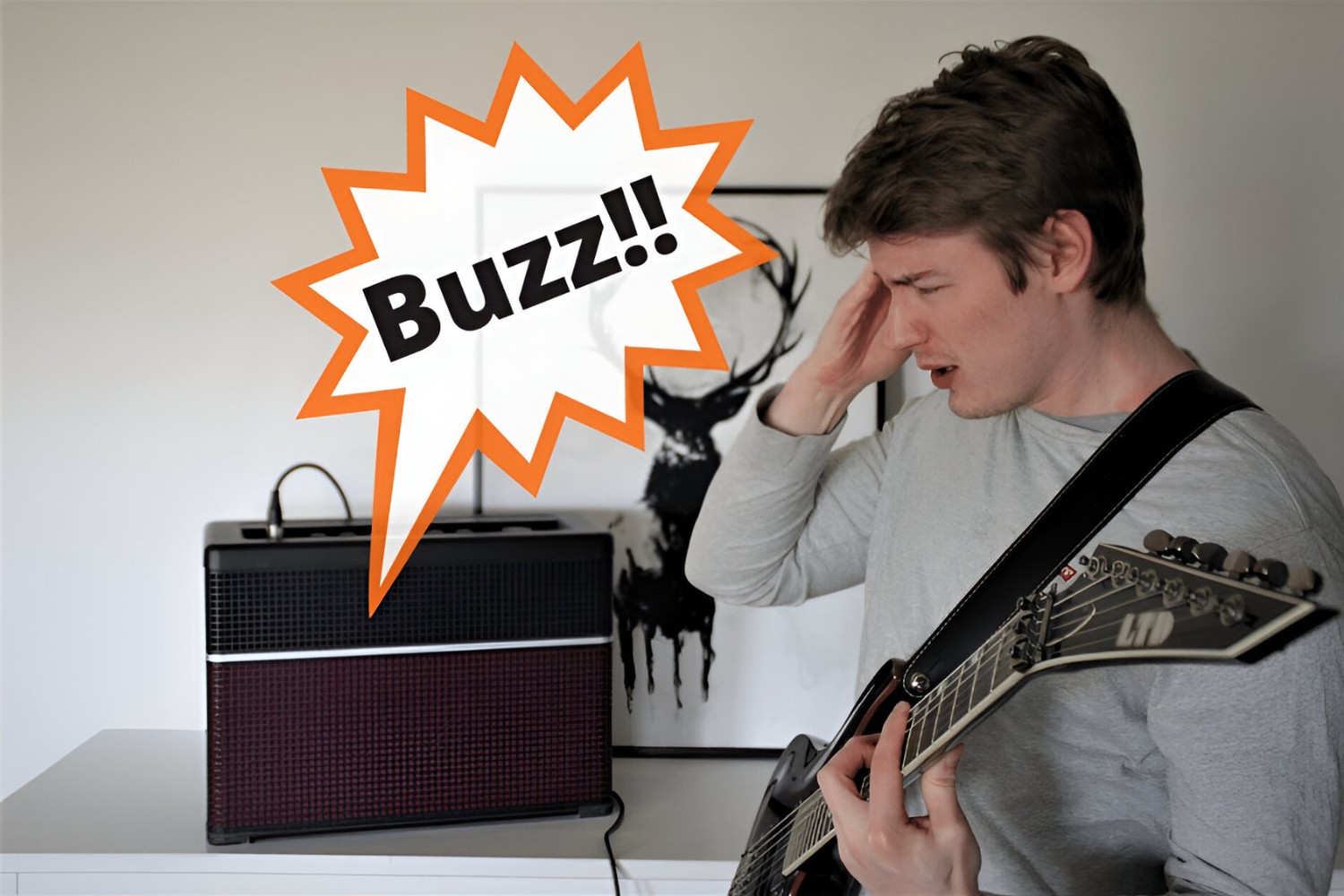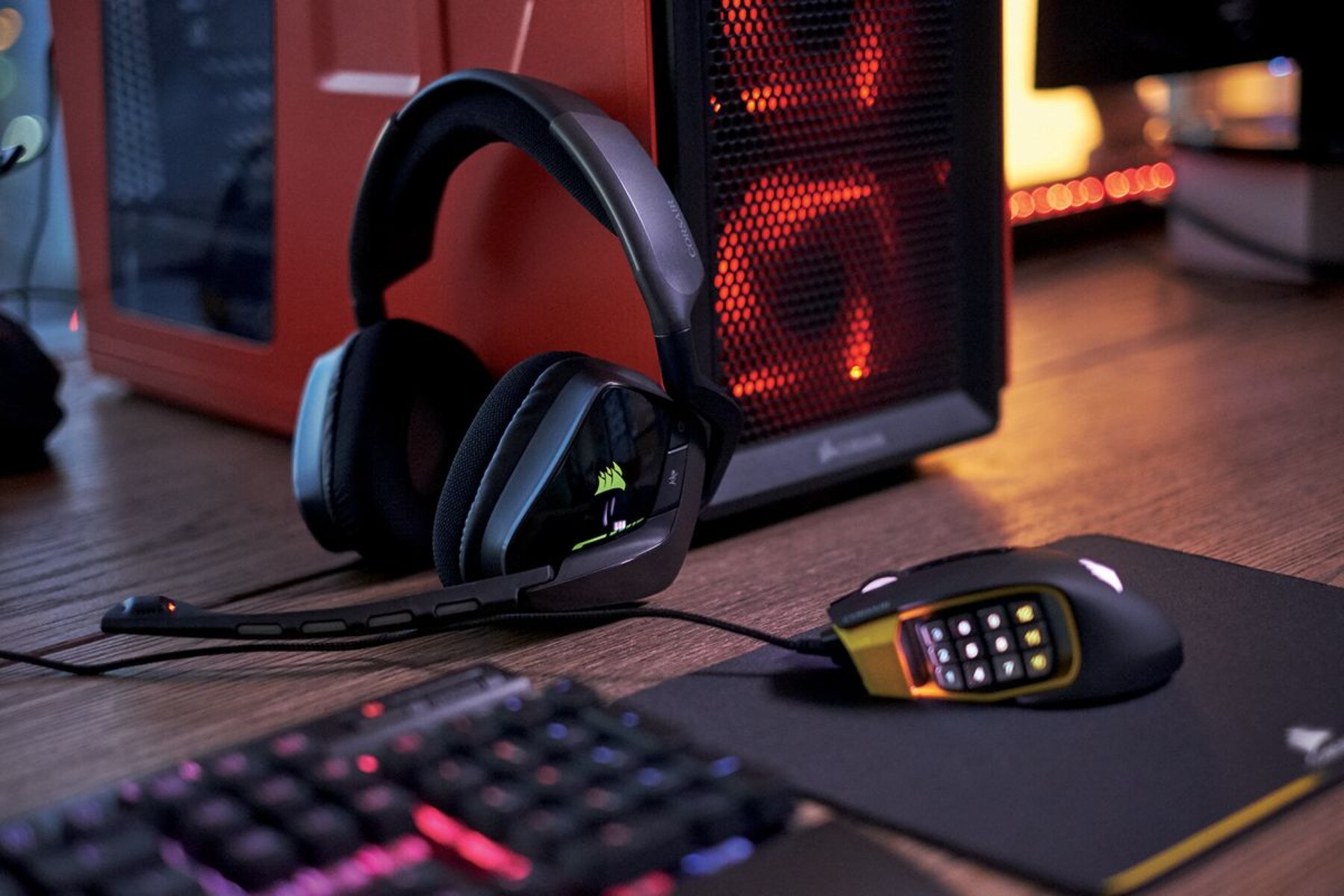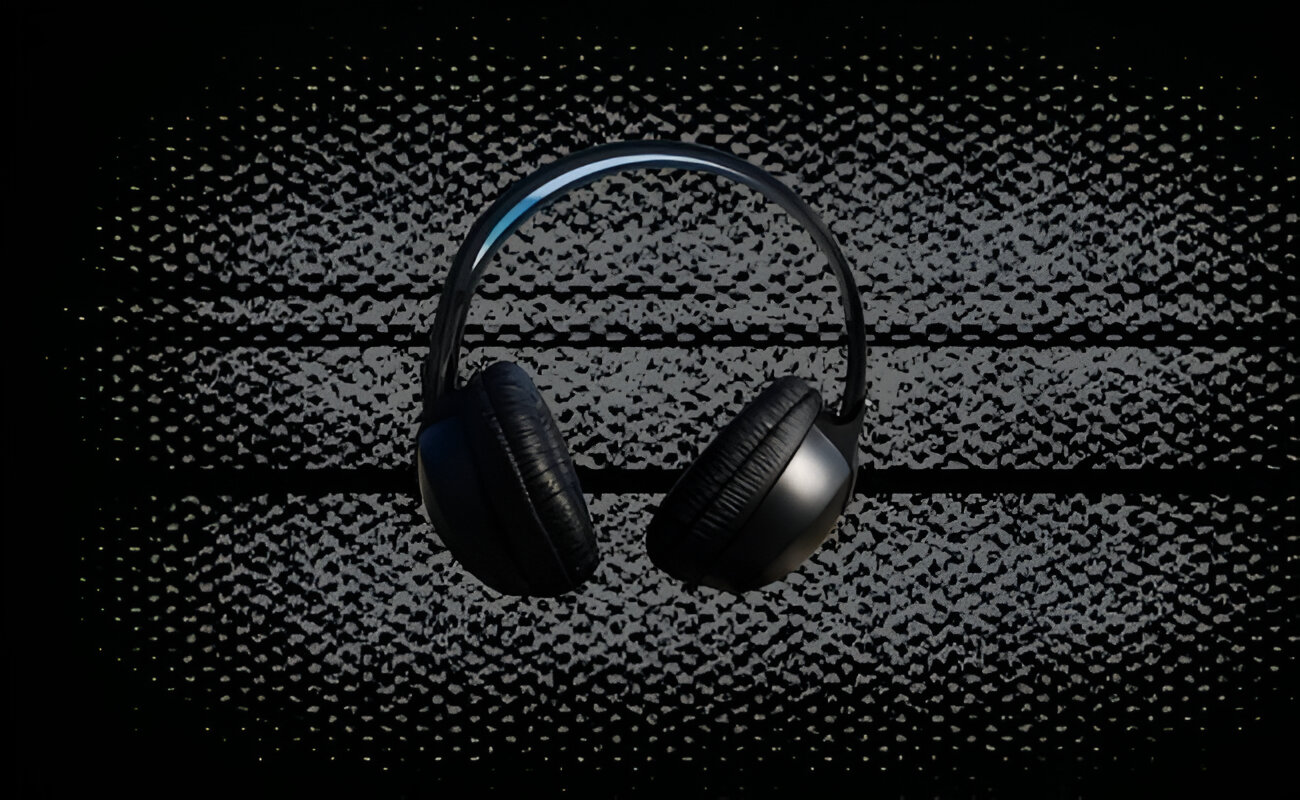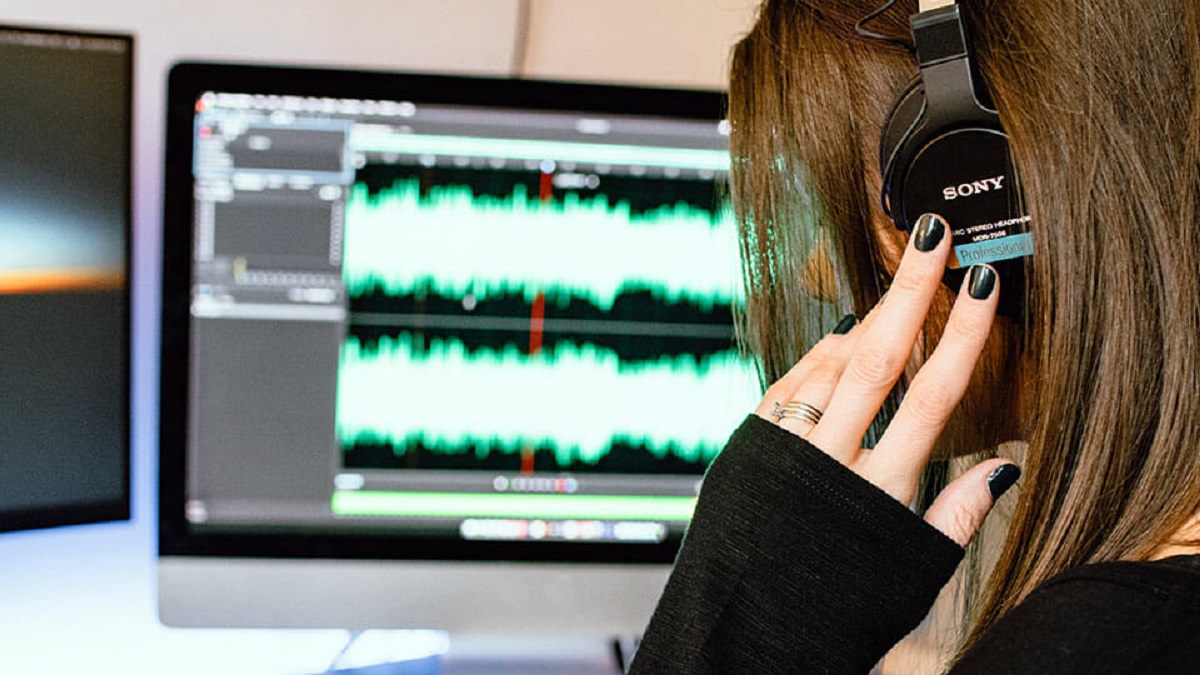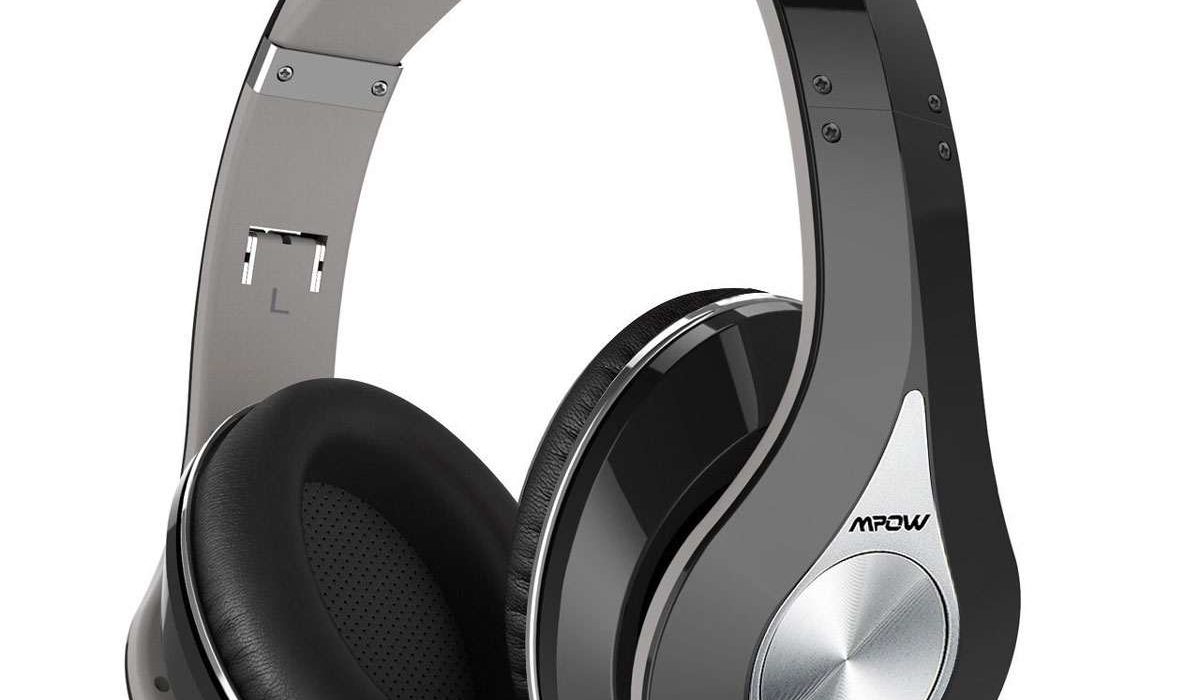Introduction
In the realm of modern technology, headsets have become indispensable tools for communication, entertainment, and productivity. Whether you're engrossed in a captivating podcast, engaged in a critical business call, or immersed in an intense gaming session, the last thing you want to encounter is the vexing nuisance of buzzing noises emanating from your headset. This frustrating auditory disturbance can disrupt your experience, hinder effective communication, and detract from the overall enjoyment of your activities.
Understanding the root causes of headset buzzing noises and learning how to troubleshoot them is pivotal for anyone seeking to harness the full potential of their audio devices. This comprehensive guide aims to unravel the enigma behind those irksome buzzing noises, empowering you to identify, address, and mitigate this common issue with confidence.
So, buckle up as we embark on a journey to demystify the buzzing dilemma and equip you with the knowledge and strategies needed to restore pristine audio clarity to your headset experience. Whether you're a tech enthusiast, a professional in need of seamless communication, or a casual user seeking uninterrupted entertainment, this guide is tailored to enrich your understanding and enhance your mastery of the headset troubleshooting domain.
Understanding Headset Buzzing Noises
Headset buzzing noises can be a perplexing conundrum for many users, often causing frustration and confusion. Understanding the nature of these unwanted sounds is crucial in effectively addressing and resolving the issue. The buzzing noises experienced in headsets can manifest in various forms, including static, humming, or intermittent buzzing, and they can originate from different underlying sources.
One common cause of buzzing noises is electrical interference. When electrical signals interfere with the audio signals in the headset, it can result in disruptive buzzing sounds. This interference can stem from a myriad of sources, such as nearby electronic devices, power cables, or even poor-quality audio cables. Additionally, issues with grounding or improper shielding within the headset or its connecting cables can exacerbate the problem, leading to persistent buzzing disturbances.
Furthermore, headset buzzing noises can also be attributed to hardware malfunctions or defects. If the headset's internal components, such as the drivers or circuitry, are compromised or damaged, it can lead to erratic buzzing or humming during audio playback. Additionally, wear and tear over time can contribute to the degradation of internal components, potentially leading to buzzing noises as a result of mechanical issues.
Environmental factors also play a role in causing buzzing noises in headsets. For instance, radio frequency interference from nearby wireless devices or cellular signals can infiltrate the audio transmission, resulting in disruptive buzzing or static. Moreover, the presence of electromagnetic fields in certain environments can induce buzzing noises in headsets, especially if the devices are not adequately shielded against such external influences.
Understanding the multifaceted nature of headset buzzing noises is instrumental in effectively troubleshooting and resolving the issue. By delving into the intricacies of electrical interference, hardware integrity, and environmental factors, users can gain valuable insights into the root causes of buzzing disturbances in their headsets. Armed with this understanding, individuals can embark on the journey of troubleshooting with a clearer perspective, paving the way for targeted and effective solutions to restore pristine audio quality to their headset experience.
Common Causes of Headset Buzzing Noises
Headset buzzing noises can stem from a myriad of factors, encompassing both internal and external influences that can disrupt the audio transmission and compromise the overall sound quality. Understanding these common causes is pivotal in diagnosing and addressing the issue effectively. Here are the key factors contributing to buzzing noises in headsets:
-
Electrical Interference: One of the primary culprits behind headset buzzing noises is electrical interference. This interference can arise from various sources, including nearby electronic devices such as smartphones, routers, or other wireless peripherals. When these devices emit electromagnetic signals, they can infiltrate the audio transmission of the headset, resulting in disruptive buzzing or static. Additionally, power cables and poor-quality audio cables can also contribute to electrical interference, exacerbating the buzzing disturbances.
-
Hardware Malfunctions: Internal hardware malfunctions or defects within the headset can give rise to buzzing noises. If the headset's internal components, such as the drivers or circuitry, are compromised or damaged, it can lead to erratic buzzing or humming during audio playback. Furthermore, wear and tear over time can lead to the degradation of internal components, potentially resulting in buzzing noises as a consequence of mechanical issues.
-
Grounding and Shielding Issues: Inadequate grounding or improper shielding within the headset or its connecting cables can exacerbate buzzing noises. Proper grounding is essential for minimizing electrical interference, and when this aspect is compromised, buzzing noises may become more prevalent. Similarly, if the headset and its cables lack sufficient shielding to protect against external electromagnetic influences, it can contribute to the manifestation of buzzing disturbances.
-
Environmental Factors: External environmental factors also play a significant role in causing buzzing noises in headsets. Radio frequency interference from nearby wireless devices or cellular signals can infiltrate the audio transmission, leading to disruptive buzzing or static. Moreover, the presence of electromagnetic fields in certain environments can induce buzzing noises in headsets, especially if the devices are not adequately shielded against such external influences.
-
Cable and Connector Issues: The cables and connectors used to connect the headset to audio sources can also be sources of buzzing noises. If the connectors are worn, damaged, or loosely connected, it can lead to intermittent buzzing or static. Similarly, damaged or frayed cables can compromise the integrity of the audio transmission, resulting in buzzing disturbances during usage.
By recognizing these common causes of headset buzzing noises, users can gain valuable insights into the potential sources of the issue, enabling them to embark on targeted troubleshooting efforts to restore pristine audio quality to their headset experience.
Troubleshooting Steps
Resolving buzzing noises in headsets requires a systematic approach that addresses potential causes and implements targeted solutions. By following these troubleshooting steps, users can effectively diagnose and mitigate buzzing disturbances, restoring optimal audio clarity to their headset experience.
1. Identify the Source
Begin by identifying the source of the buzzing noises. Check for nearby electronic devices, power cables, or wireless peripherals that may be causing electrical interference. Additionally, inspect the headset's cables and connectors for any signs of damage or wear that could compromise the audio transmission.
2. Optimize Grounding and Shielding
Ensure that the headset and its connecting cables are adequately grounded to minimize electrical interference. Additionally, consider using shielded audio cables to protect against external electromagnetic influences. Proper grounding and shielding can significantly reduce the occurrence of buzzing noises.
3. Isolate Environmental Factors
If buzzing noises persist, consider the environmental factors at play. Move away from potential sources of radio frequency interference, such as wireless routers or electronic devices. Additionally, relocate to areas with minimal electromagnetic field exposure to assess any impact on the buzzing disturbances.
4. Test with Alternative Devices
To rule out potential hardware malfunctions, test the headset with alternative audio sources and devices. If the buzzing noises persist across different devices, it may indicate internal hardware issues within the headset, warranting further inspection or professional assessment.
5. Cable and Connector Inspection
Thoroughly inspect the headset's cables and connectors for any signs of damage, fraying, or loose connections. Replace any compromised cables or connectors to ensure a secure and uninterrupted audio transmission, mitigating buzzing noises stemming from cable-related issues.
6. Update Firmware and Drivers
Check for firmware updates or driver installations provided by the headset manufacturer. Keeping the headset's firmware and drivers up to date can resolve potential software-related issues that may contribute to buzzing disturbances.
7. Professional Assessment
If the buzzing noises persist despite the troubleshooting efforts, consider seeking professional assessment from certified technicians or the headset manufacturer. Professional diagnosis and repair may be necessary to address underlying hardware issues that elude standard troubleshooting measures.
By diligently following these troubleshooting steps, users can navigate the labyrinth of potential causes and solutions associated with headset buzzing noises. Armed with a structured approach and a discerning eye for detail, individuals can take proactive steps to eliminate buzzing disturbances and restore pristine audio quality to their headset experience.
Conclusion
In the realm of audio technology, the prevalence of buzzing noises in headsets can pose a formidable challenge for users seeking uninterrupted communication, immersive entertainment, and seamless productivity. The multifaceted nature of buzzing disturbances, stemming from factors such as electrical interference, hardware malfunctions, and environmental influences, underscores the complexity of this common issue. However, armed with a deeper understanding of the underlying causes and a strategic approach to troubleshooting, users can navigate this challenge with confidence and precision.
As we conclude this comprehensive guide, it is evident that the journey to address headset buzzing noises necessitates a blend of technical acumen, observational prowess, and a proactive mindset. By recognizing the common causes of buzzing disturbances, encompassing electrical interference, hardware malfunctions, grounding and shielding issues, environmental factors, and cable-related issues, users can gain valuable insights into the potential sources of the issue. This understanding serves as the cornerstone for targeted troubleshooting efforts, enabling individuals to embark on a systematic quest to restore pristine audio quality to their headset experience.
The troubleshooting steps outlined in this guide offer a structured framework for users to identify, address, and mitigate buzzing noises in their headsets. From optimizing grounding and shielding to isolating environmental factors and conducting thorough cable and connector inspections, these proactive measures empower users to proactively tackle buzzing disturbances. Furthermore, the emphasis on firmware and driver updates, as well as the potential need for professional assessment, underscores the comprehensive approach required to navigate the complexities of headset troubleshooting.
Ultimately, the quest to conquer buzzing noises in headsets is a testament to the resilience and adaptability of users in the face of technological challenges. By embracing a blend of technical proficiency and problem-solving ingenuity, individuals can transcend the vexing disruptions posed by buzzing disturbances, reclaiming the pristine audio clarity that is essential for their communication, entertainment, and productivity endeavors.
In closing, as users embark on their individual journeys to troubleshoot and resolve buzzing noises in their headsets, may they find solace in the knowledge and strategies imparted within this guide. Let the pursuit of pristine audio quality be a testament to the unwavering determination and resourcefulness of users in the ever-evolving landscape of audio technology.










